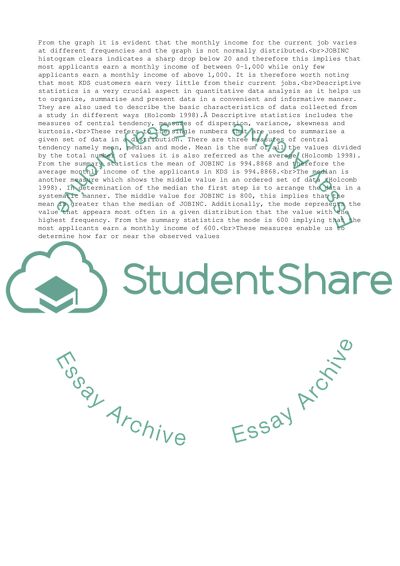Cite this document
(Quantitative Data Analysis Assignment-SPSS Assignment, n.d.)
Quantitative Data Analysis Assignment-SPSS Assignment. https://studentshare.org/business/1860016-quantitative-data-analysis-assignment-spss
Quantitative Data Analysis Assignment-SPSS Assignment. https://studentshare.org/business/1860016-quantitative-data-analysis-assignment-spss
(Quantitative Data Analysis Assignment-SPSS Assignment)
Quantitative Data Analysis Assignment-SPSS Assignment. https://studentshare.org/business/1860016-quantitative-data-analysis-assignment-spss.
Quantitative Data Analysis Assignment-SPSS Assignment. https://studentshare.org/business/1860016-quantitative-data-analysis-assignment-spss.
“Quantitative Data Analysis Assignment-SPSS Assignment”. https://studentshare.org/business/1860016-quantitative-data-analysis-assignment-spss.


